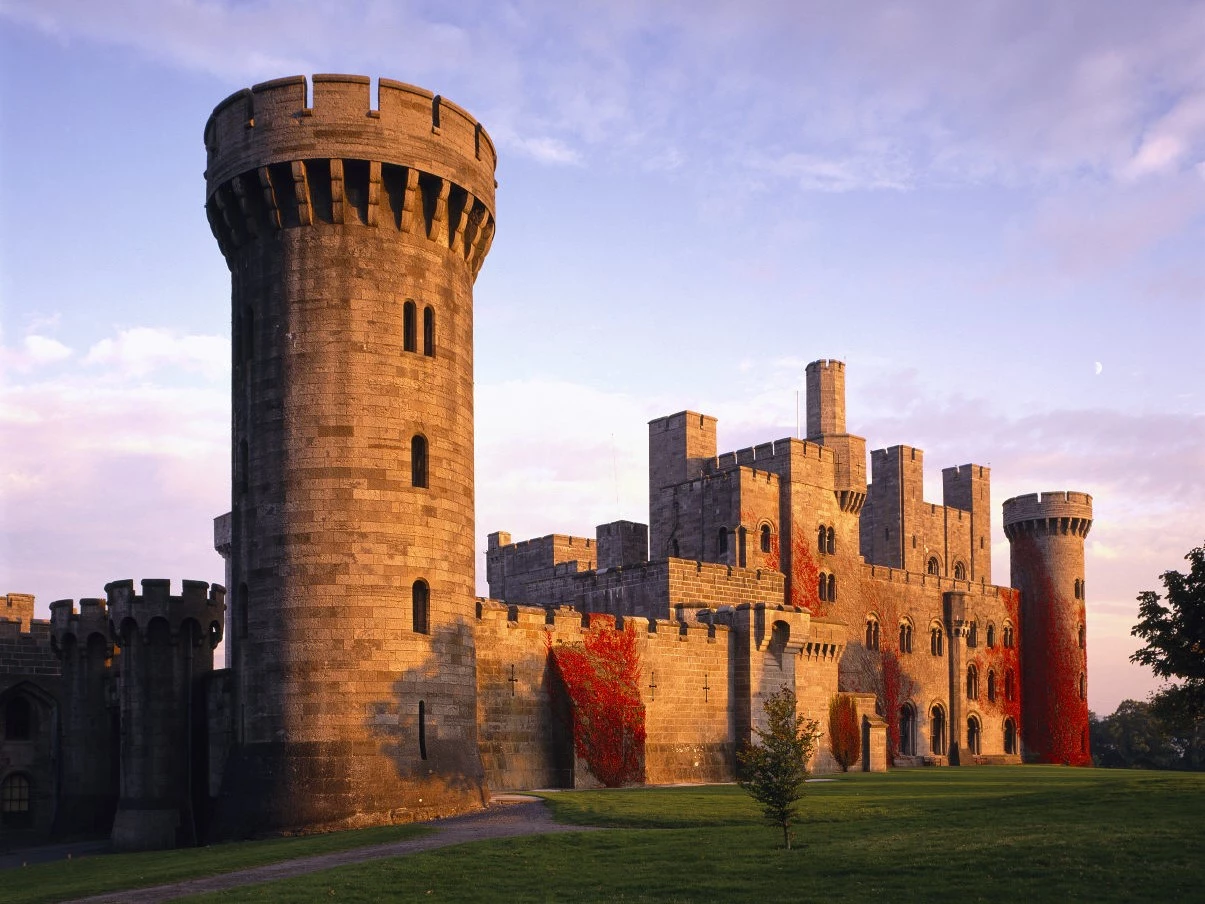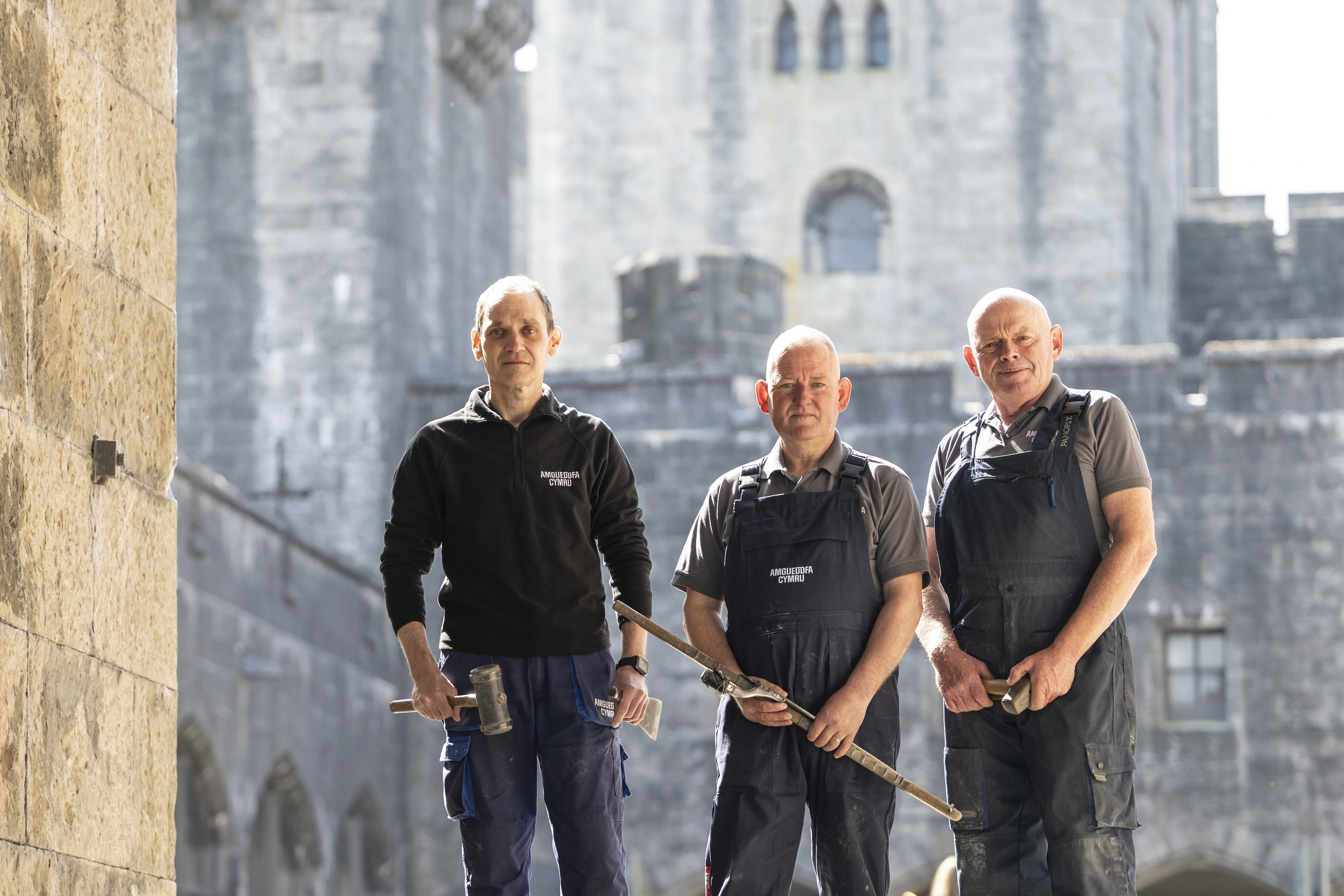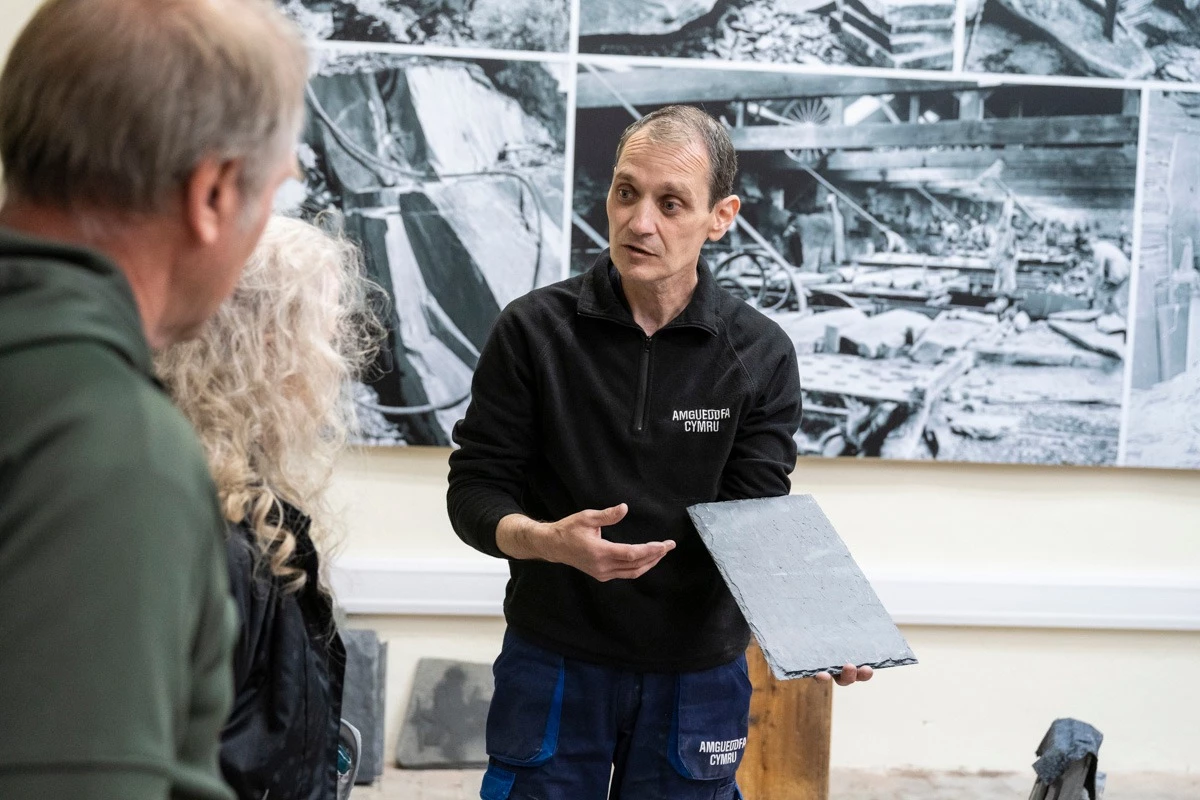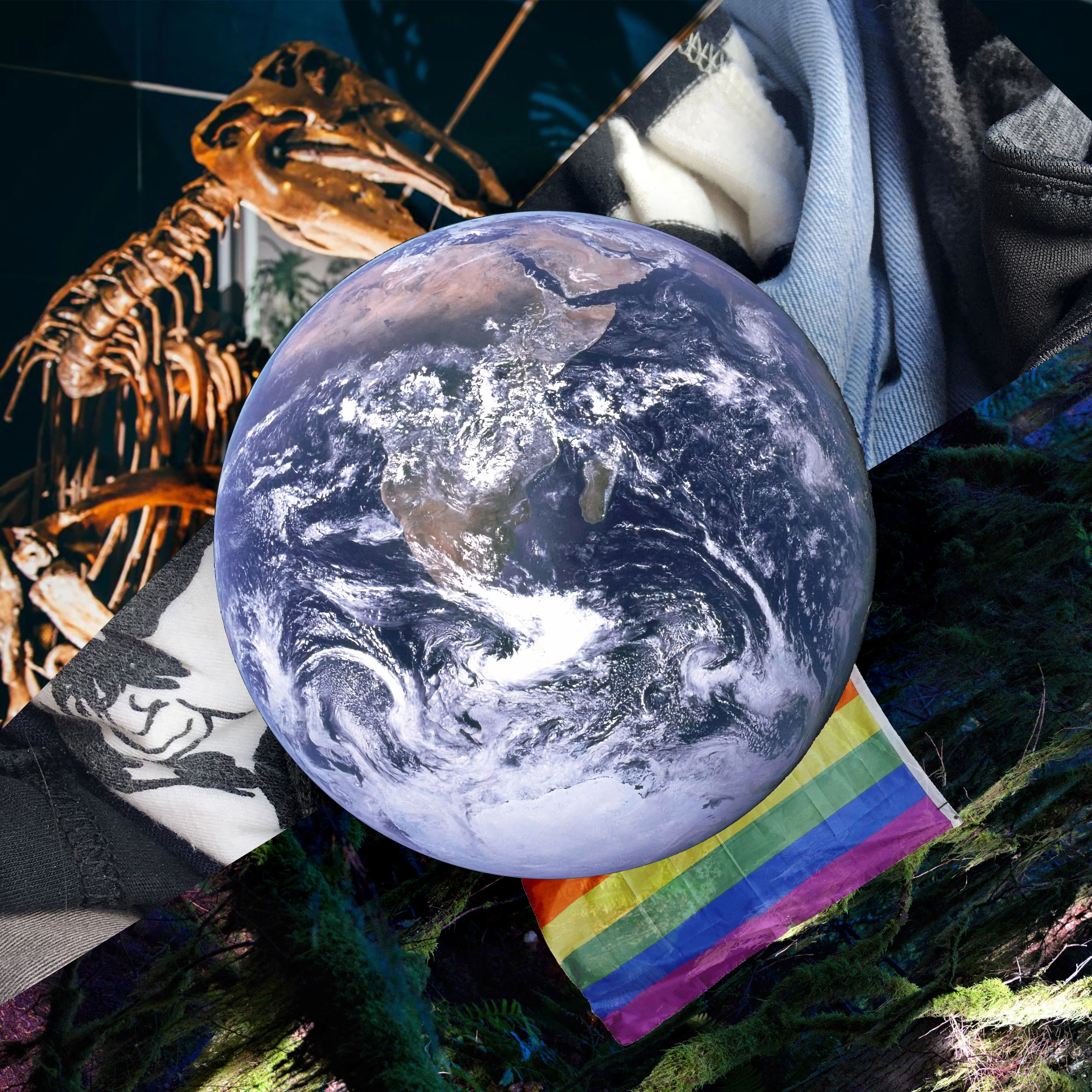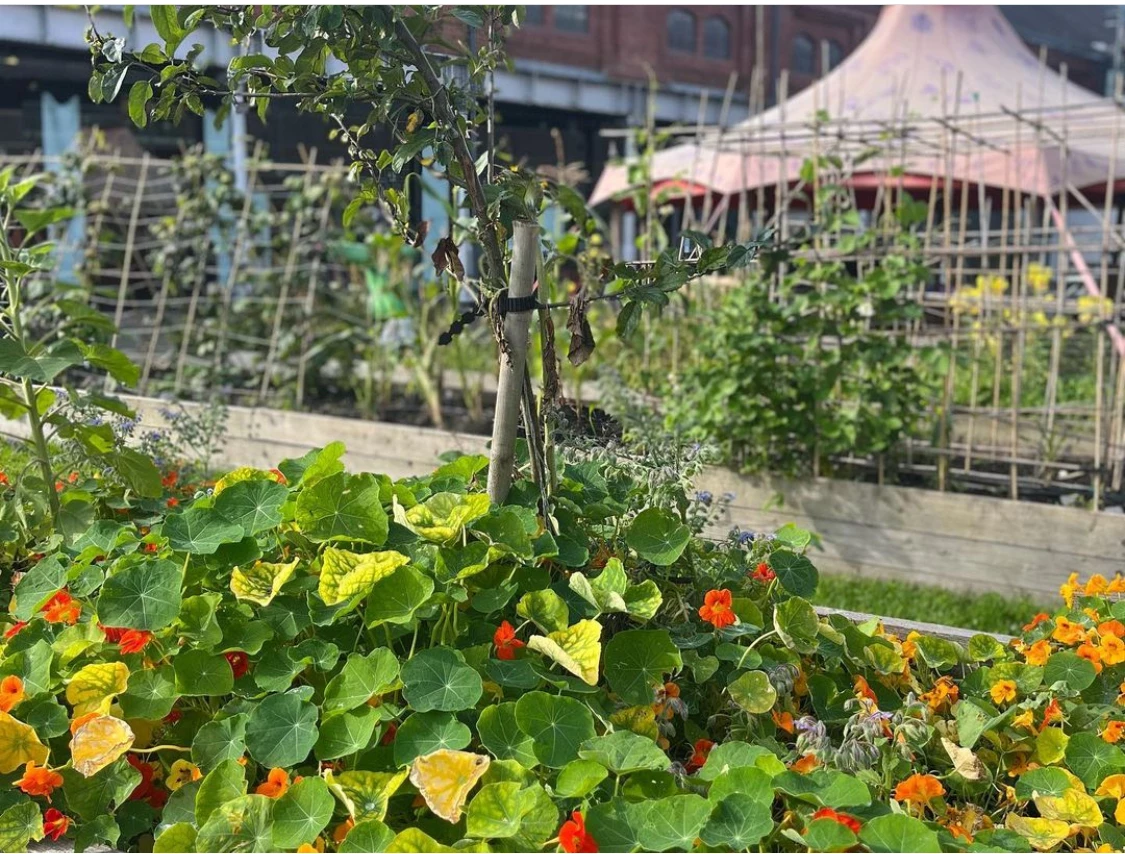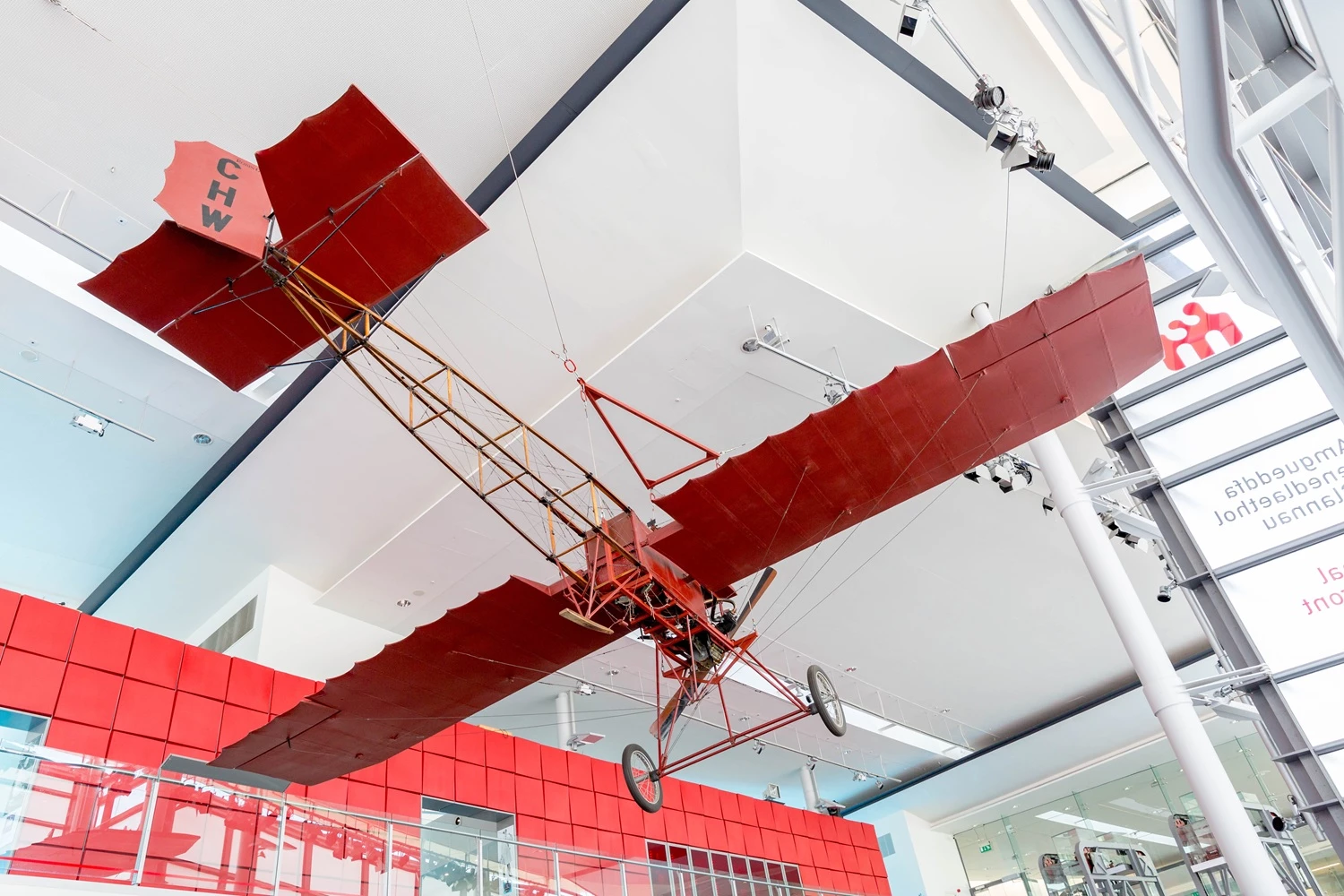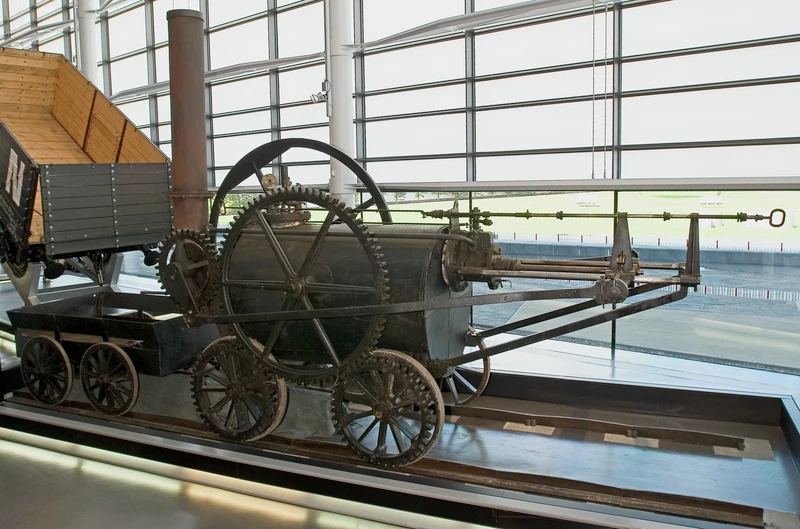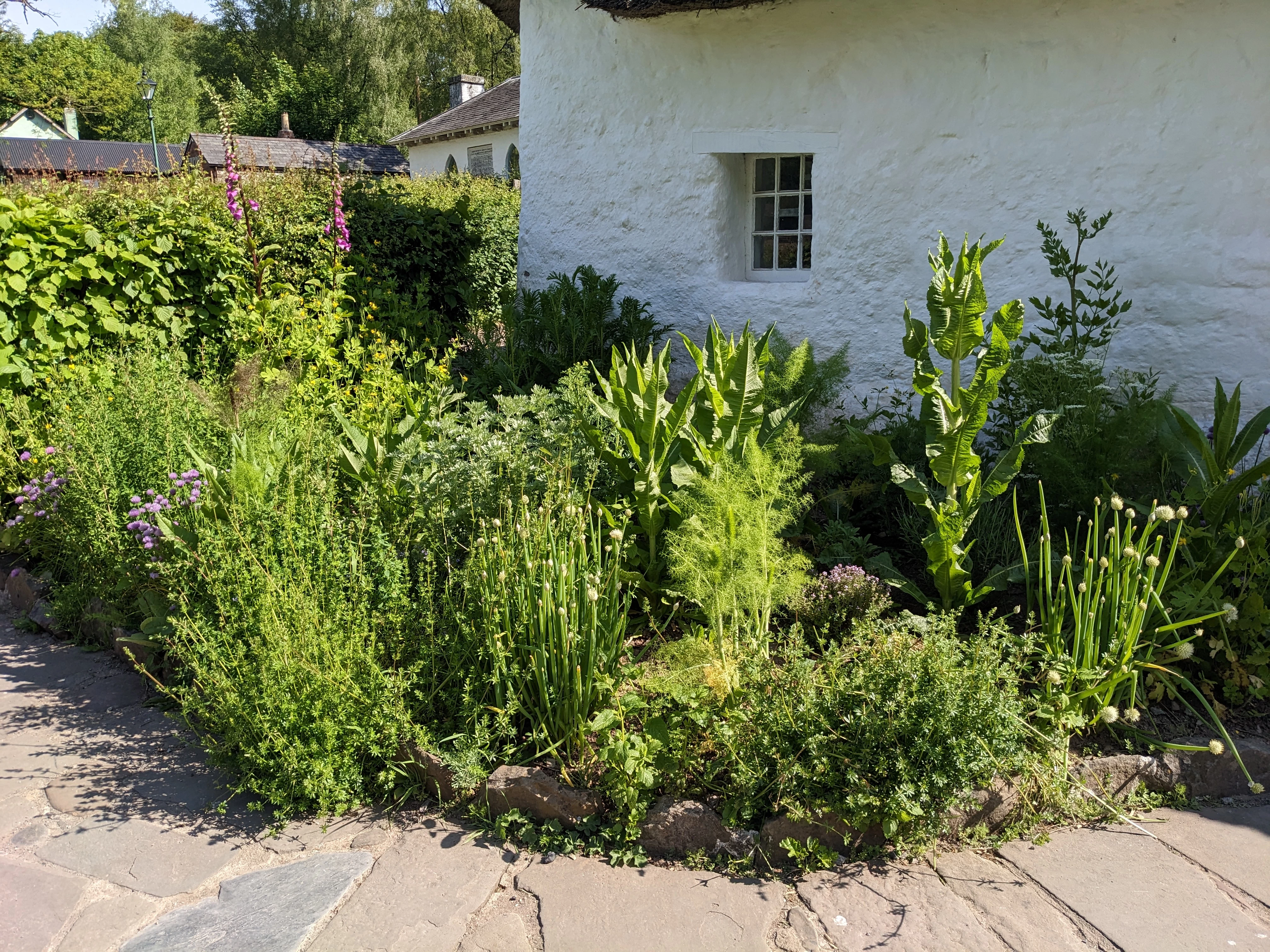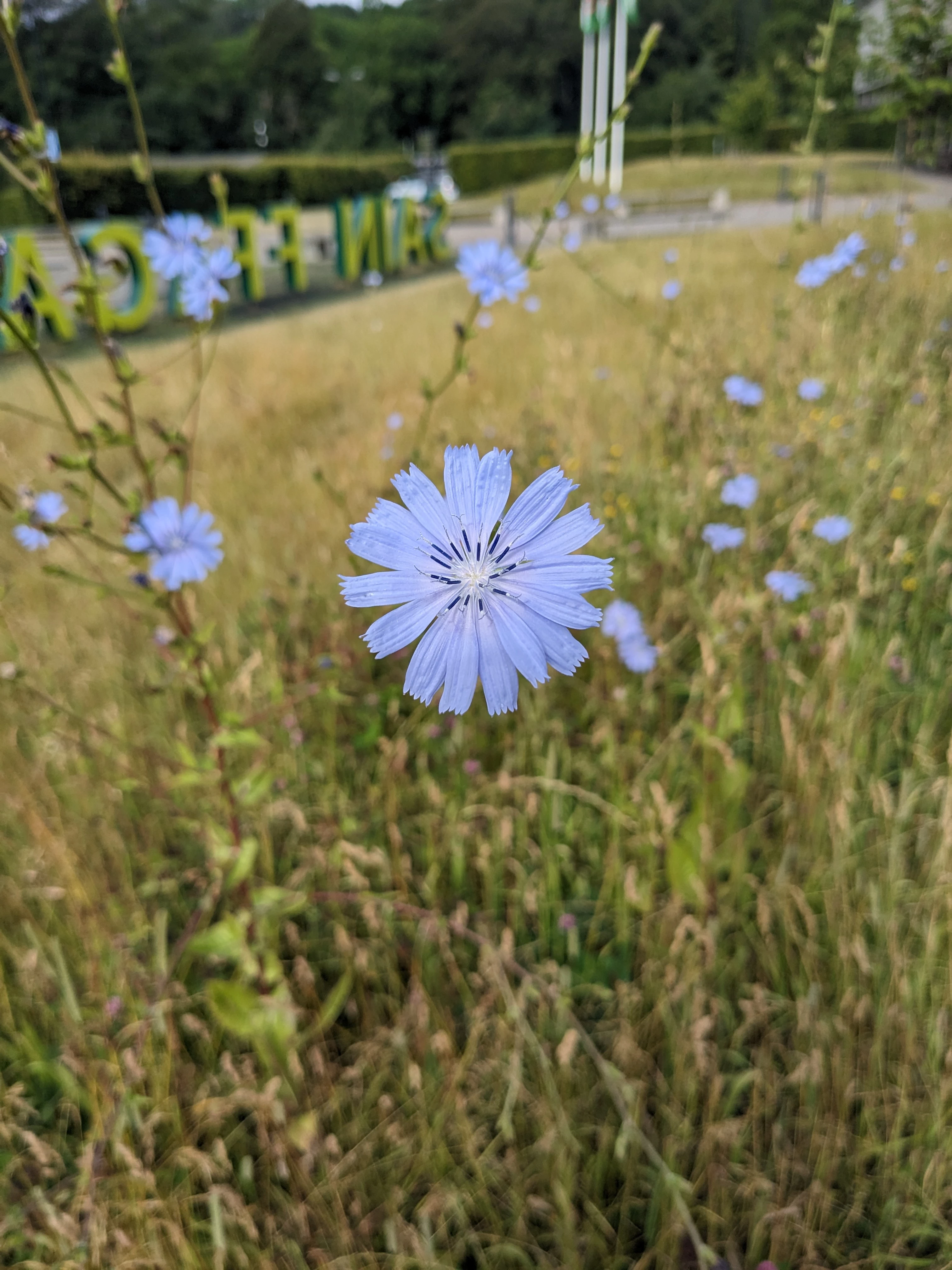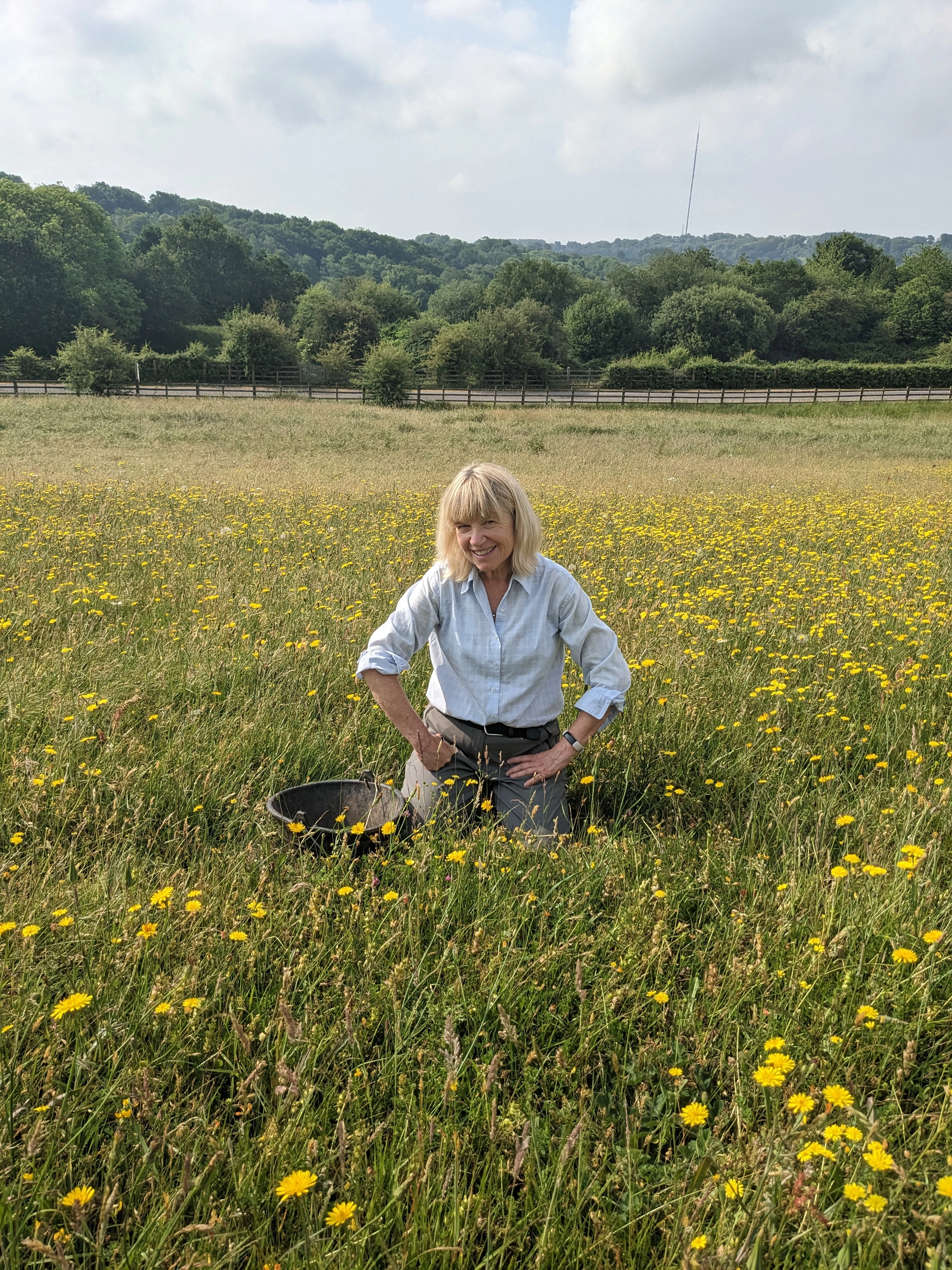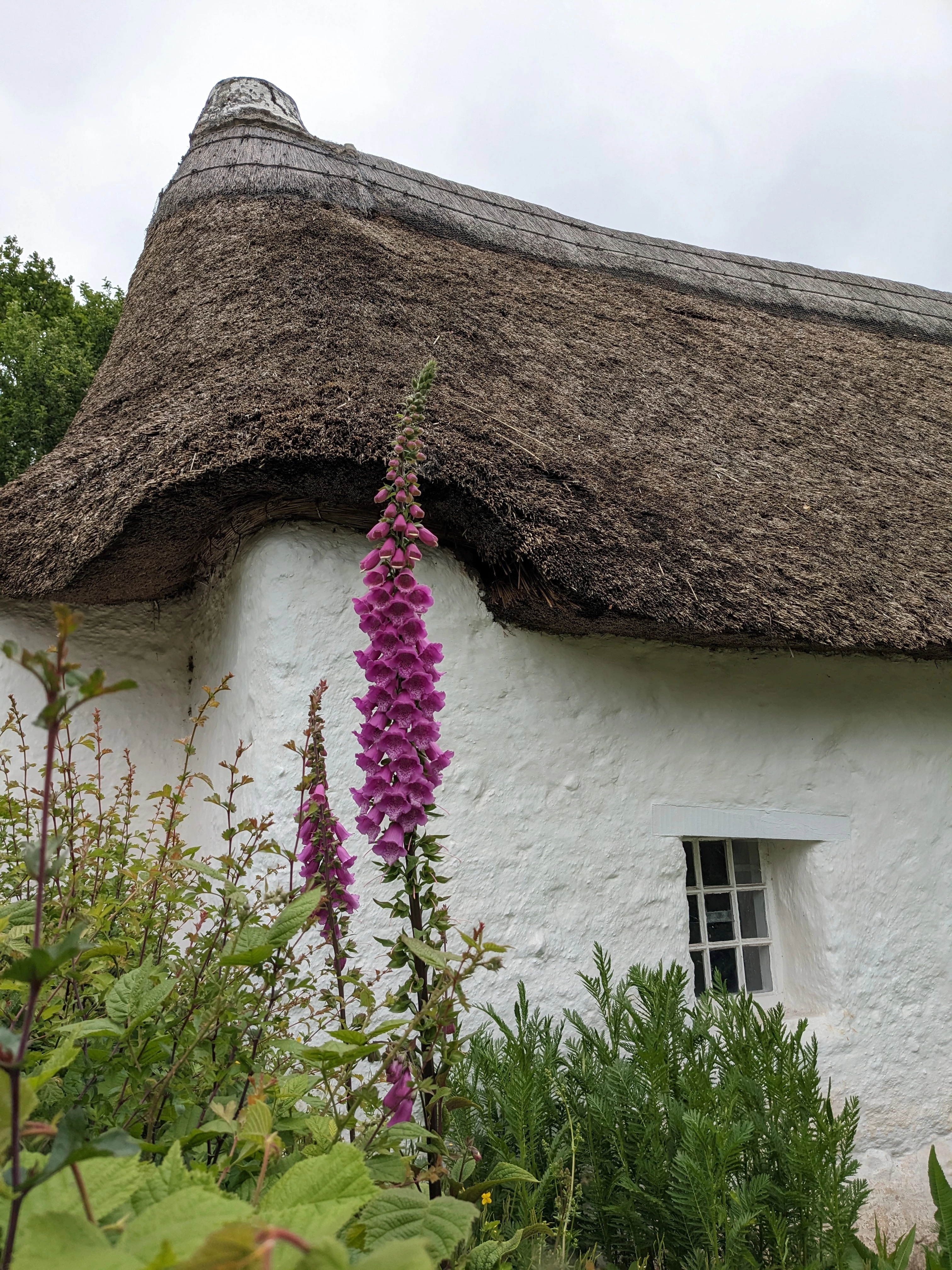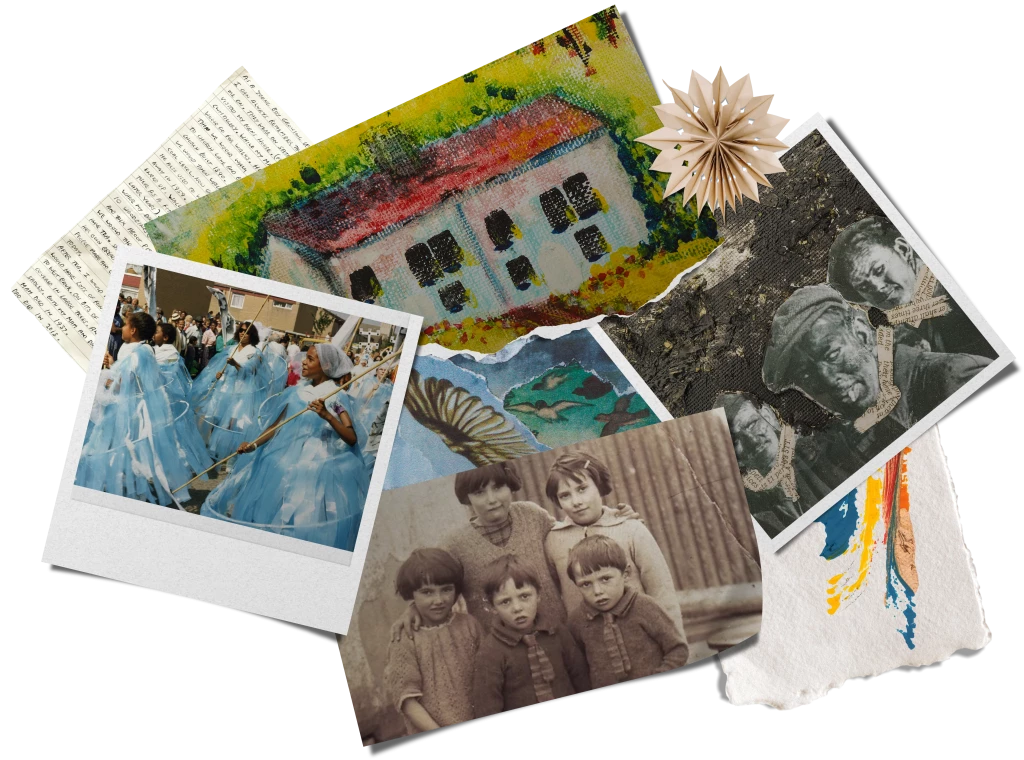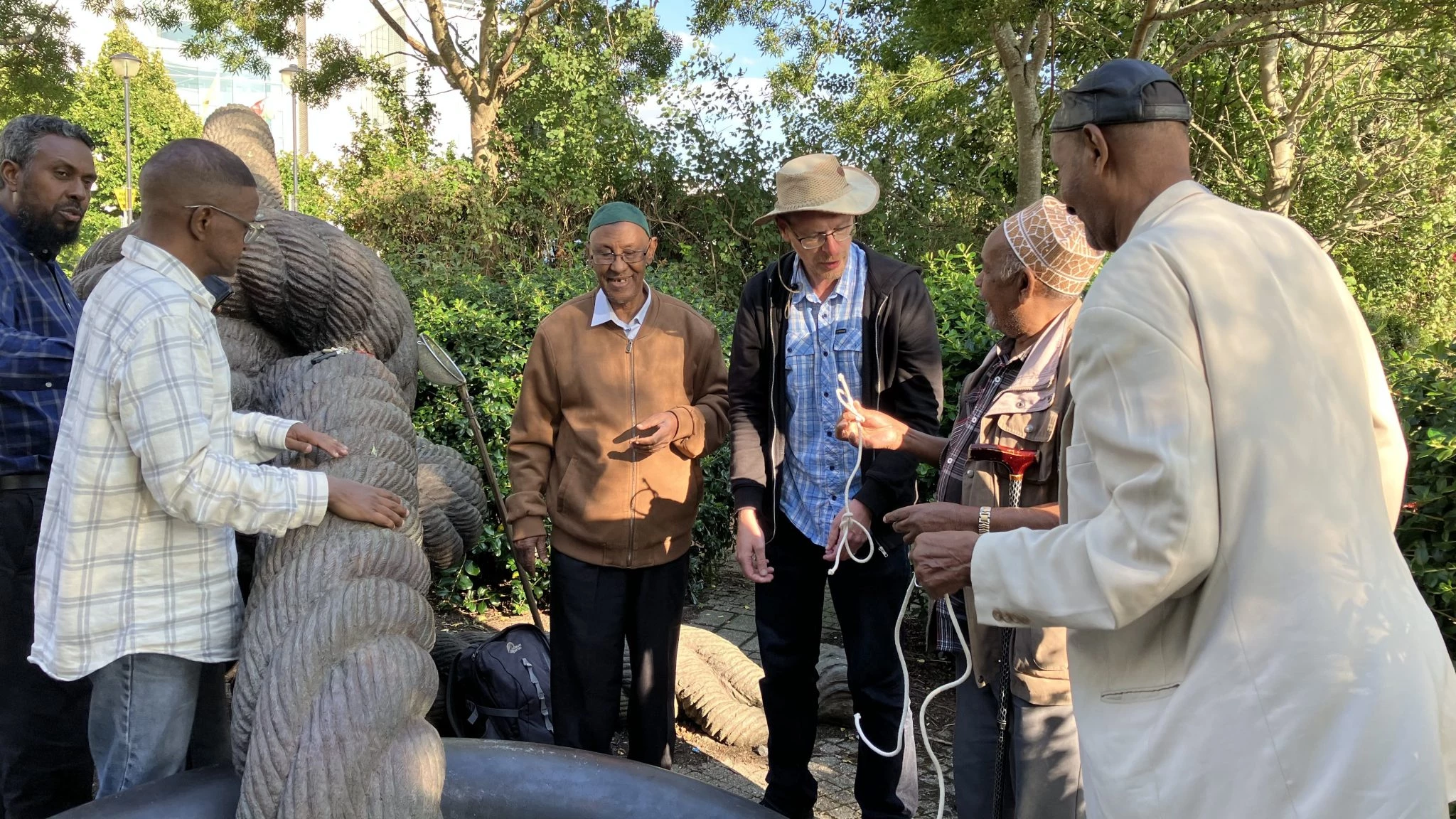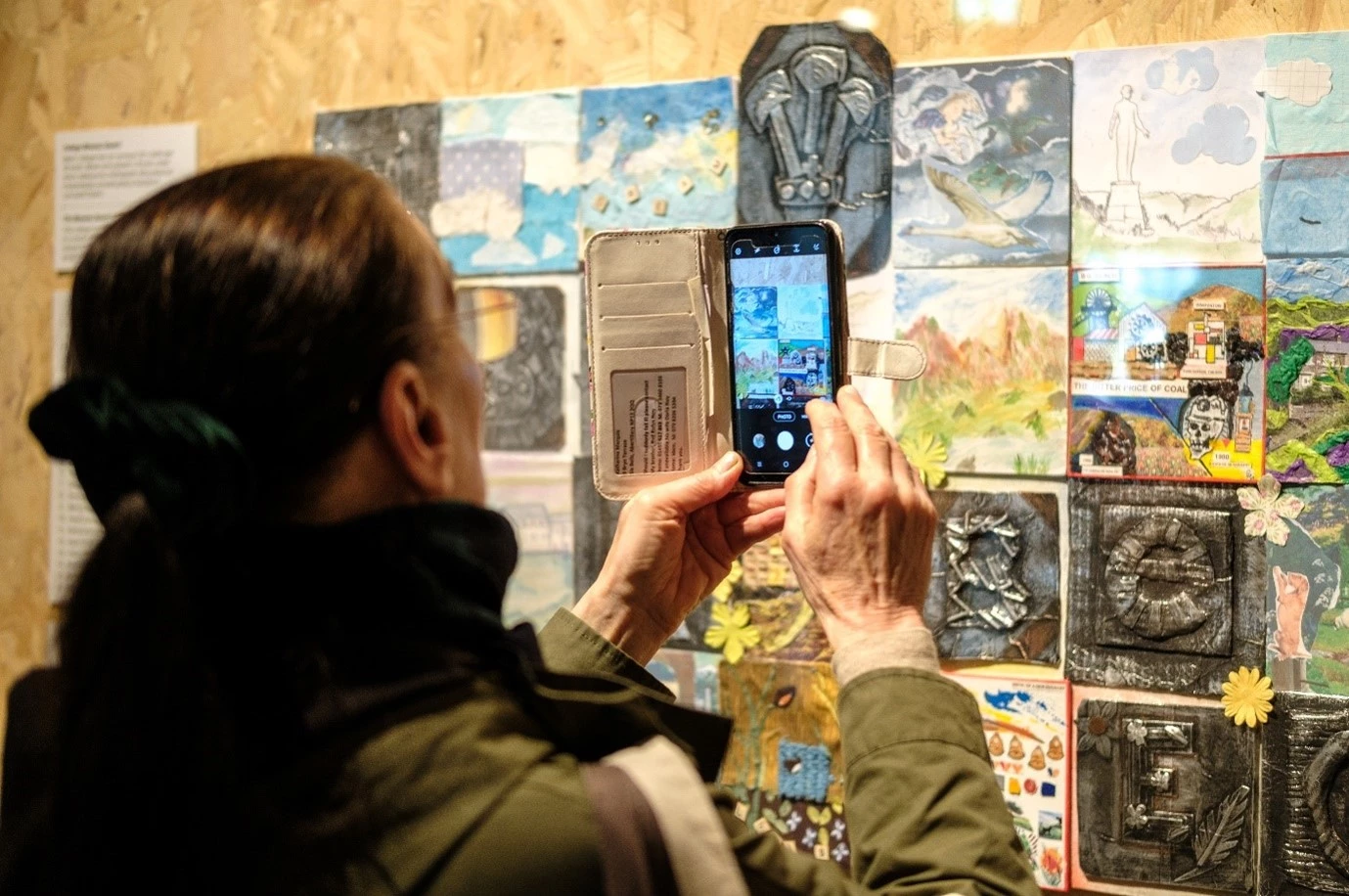Quarrymen at the Castle!
6 May 2025
National Slate Museum Slate Quarrymen swap Industrial workshops for Castle splendour!
For the first time in history slate quarrymen are working at Penrhyn Castle – the home of one of the wealthiest Slate Quarry owners in North Wales.
Our demonstrating Slate Quarrymen, who usually hold demonstrations at the Museum in Llanberis, are instead demonstrating their skills and craftsmanship at the Castle.
This astounding turning point comes as we are temporarily close to the public for redevelopment but we didn't want to stop telling our story so decided to take our story to other locations important to the story of slate and which are part of the World Heritage designation for the Slate Landscape of Northwest Wales.
Penrhyn Slate Quarry established by the Pennant family, dominated the Welsh slate industry for almost 150 years and was notorious for its harsh working conditions. In 1900, over 2000 workers went on strike for better wages and working conditions - a culmination of several years of dissatisfaction and unrest.
Known locally as the Penrhyn Lockout, the strike lasted for over three years and was one of the longest and most bitter industrial disputes in British history. It caused incredible hardship for the Quarrymen and their families and ripped apart a community, dividing it into strike ‘faithful’s’ who remained on strike or left to find other work elsewhere, and ‘bradwrs’ (traitors) who returned to work.
Many in the local community still regard the Castle as a symbol of wealth and oppression. Historically, Quarrymen would not have crossed the threshold to the Castle and many of their families have struggled to do so since then.
Now managed by National Trust Cymru, Penrhyn Castle and Garden have been working with artists and the local community for over a decade to share more about this history and re-engage with its local community as Ceri Williams, General Manager at Penrhyn Castle explained:
“Over the last decade and more we’ve been working to re-address the way we share our industrial and colonial connections at Penrhyn Castle. Each year, we've achieved new milestones, but welcoming the Quarrymen into the castle marks a significant leap forward in reconnecting the community with this historic site.
Already, crowds have been gathering to catch a glimpse of the live slate-splitting demonstration that not only celebrates local craftmanship but provides authentic experiences that resonates with the castle’s industrial history. As we continue to work with the National Slate Museum over coming months, we look forward to combining our offers and providing visitors with a unique and memorable visit to Penrhyn Castle.”
For us, the opportunity to have our Quarrymen demonstrating at Penrhyn Castle is a key feature of our redevelopment programme - in particular our Museum on the Move campaign in 2025 as Elen Roberts, Head of the National Slate Museum explained:
“We’re very grateful to the team at Penrhyn Castle and to National Trust Cymru, for giving us this unique opportunity to work with them as part of our redevelopment programme for the National Slate Museum. We’ve worked closely with the Trust over the years to share the story of slate and this opportunity to share our Quarrymen’s skills and stories is an enormous thing from both sides. Relocating here – and to other sites around the World Heritage designation during our Museum’s redevelopment - will allow us to engage with new audiences and ensure our story continues beyond the walls of the museum.
Our staff will benefit from continuing to interact with the public which will enhance their knowledge of the slate story, and hopefully visitors will benefit from encountering Museum staff in new locations – which, alongside the National Trust’s existing offer to visitors at Penrhyn Castle, will offer a fresh perspective on the story of slate”
Both attractions are key parts of the World Heritage Site for the Slate Landscape of North West Wales. Lord Dafydd Wigley, Chair of the Llechi Cymru Partnership welcomed the development:
“Cyngor Gwynedd and its partners have worked together over many years to develop a strong partnership to deliver the Slate Landscape of Northwest Wales World Heritage nomination and subsequent inscription. The results of this strong and active partnership is now bearing fruit as we not only see significant investment of over £30m through the Llewyrch o’r Llechi programme of activities - such as those at Amgueddfa Lechi Cymru and others across the Slate Landscape; but we are also seeing new and innovative ways of working together to reach new audiences, provide new experiences and to share our monumental and global story of how north Wales roofed the world.”
The Quarrymen are at Penrhyn Castle on a daily basis during 2025.
For more information about the history of Penrhyn Castle visit www.nationaltrust.org.uk/penrhyn-castle-and-garden
